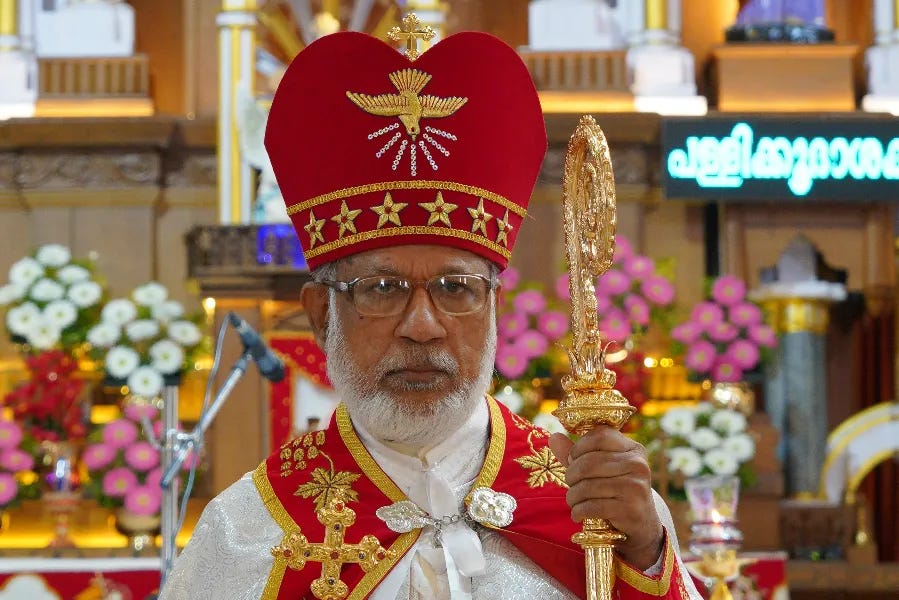Is a Syro-Malabar schism inevitable?
There are no good options for what happens next, but there could be once way to offer a reset for all sides
On Sunday, Catholics of the Archeparchy of Ernakulam-Angamaly, both clergy and laity alike, continued their open rejection of the “uniform mode” of celebration for the Syro-Malabar liturgy of Holy Qurbana.

By all accounts, the majority…
